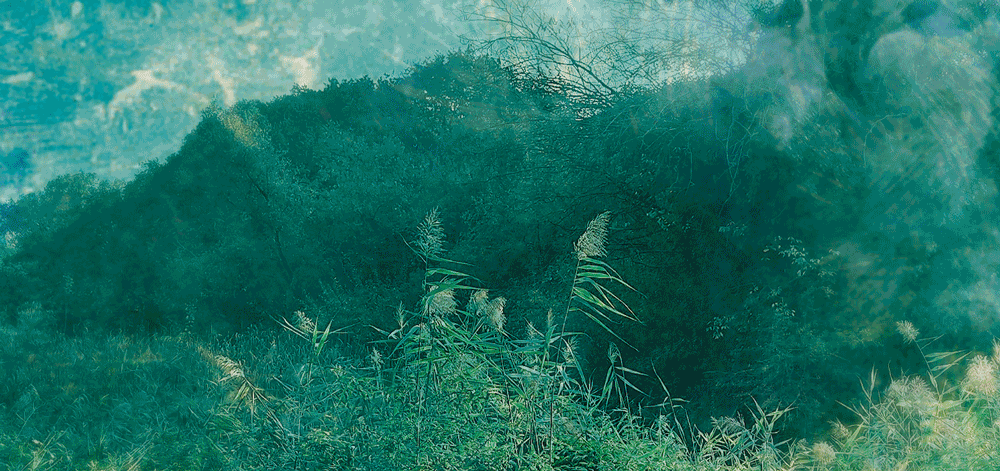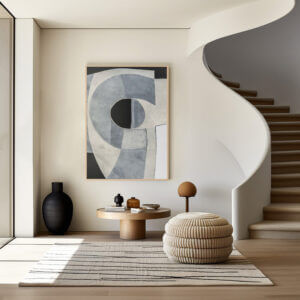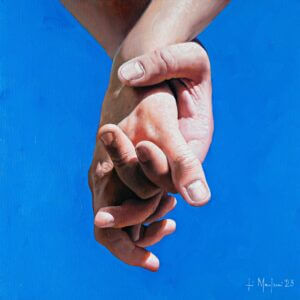A photographer with a background in painting, Francesca translates a relationship of love and care for nature into her works. The result is poetic images of powerful intensity
I was born and live in Mestre and my education was canonical in the sense that I attended the Art Institute and then the Academy of Fine Arts, graduating in painting. I then studied at the Faculty of Design and Arts in Venice, where I specialised in photography.
This path makes my approach to photography very pictorial. After taking a photo, I rework it until it almost looks like a painting, often a watercolour. So I start from the photograph and arrive at something more graphic, almost textural.
My subjects are always natural, and in this period in particular I am focusing on trees, because I find them extremely interesting. They are silent presences, which accompany us at any time of our day, of our life.
All my artistic research revolves around the natural world, and when I talk about research I mean that I study my subjects in great depth, also from a botanical point of view.
How did this research start?
A time ago I was working on what I called Memory Boxes. I was creating my images as memory boxes, photographing environments that no longer existed. That project had been quite successful: I had a contract with Il Sole 24 Ore and the Fondazione Alinari in Florence, I was collaborating with galleries both in Milan and Venice. Then Covid came along and it marked a change of pace for me.
I started to look inside myself and, after almost 20 years, I decided to turn my path, to reset everything and start again. At that time, it was not allowed to go outside the municipal area, so I would take walks around the house and see things I had previously ignored, such as urban green areas.
So I started to observe and isolate these elements, especially trees, and I made them the protagonists of my works by placing them in an almost fantastic dimension.
This is how the blue pictures, which I call “nocturnes”, were born, representing trees while they are sleeping. It turns out that the fronds of trees droop and rise one meter over the course of 12 hours, as if they were inhaling during the day and exhaling during the night.
Capturing this movement with a camera is impossible, because it would require hours of exposure, so I tried and try to represent it creatively. Once the Covid emergency had passed, I was able to go and look for other subjects, and above all I continued to deepen my knowledge of the plant kingdom.
So yours is an almost scientific approach?
In a way, yes, because I study. For example, I was very impressed by an experiment conducted by Cleve Backster, the inventor of the lie detector.
He put two plants in a room, and took five people in turn. The last of these people destroyed one of the two plants. After a week, the same five people were brought back in, and the plant that had witnessed the mistreatment of the other reacted to the sight of the fifth person.
The electrodes that had been applied to it detected unusual frequencies, a sign that the plant was experiencing something akin to an emotion, a state of terror. This is what is known as “primary perception”.
Here, in my artistic research I work around this idea that plants can experience emotions such as happiness, joy, sadness and fear.
Therefore this led to a series that I entitled “Primary Perception”. And the study continues, because I am investigating the reactions of plants to music, for example. I am interested in the relationship between the plant world and emotions.
After all, we think about how we feel better when we connect with nature, about the well-being we feel when we walk in a forest, or when we tend a house plant: in the gestures we make there is something that is good for us, like a form of meditation.
Plants perceive us and we perceive them. There is an exchange of energies, because as human beings we ourselves are part of nature.
How does your path fit in with Cinquerosso Arte?
I like the way Cinquerosso Arte works, and I also like the opportunity to get to know other artists, some of whom are really young. I find it a great opportunity to compare notes and exchange stimuli. So I can say that I am very happy with this collaboration.


